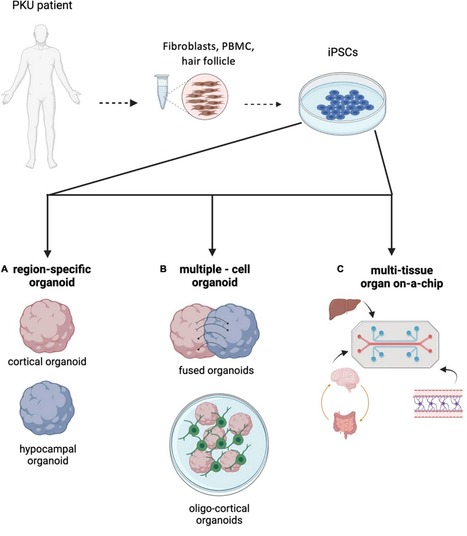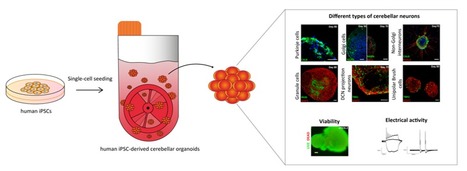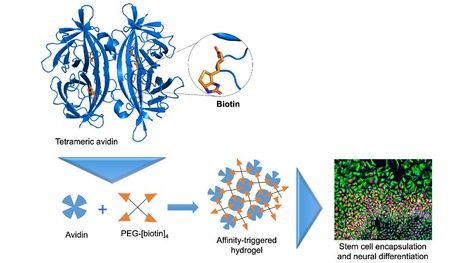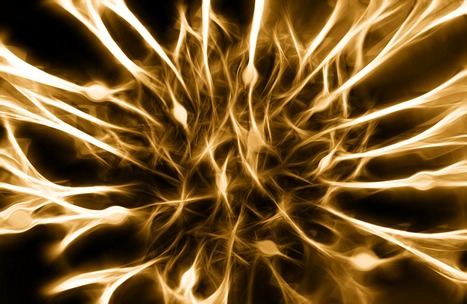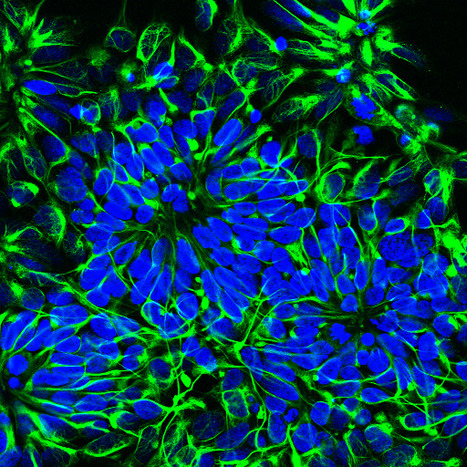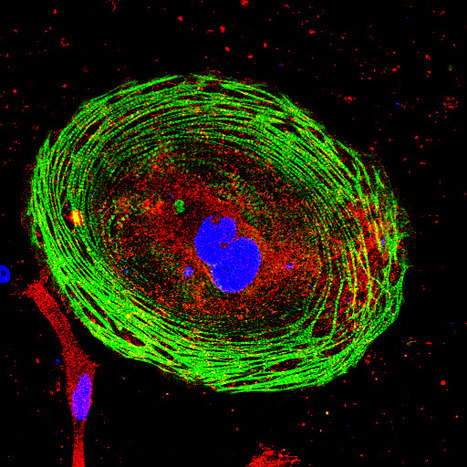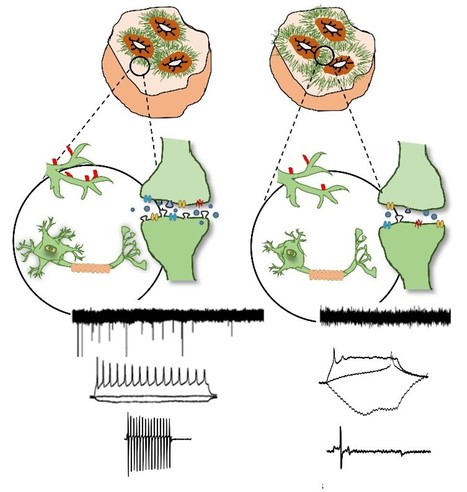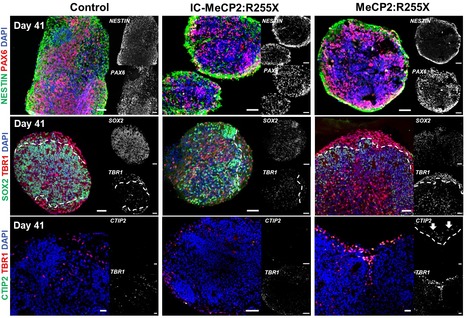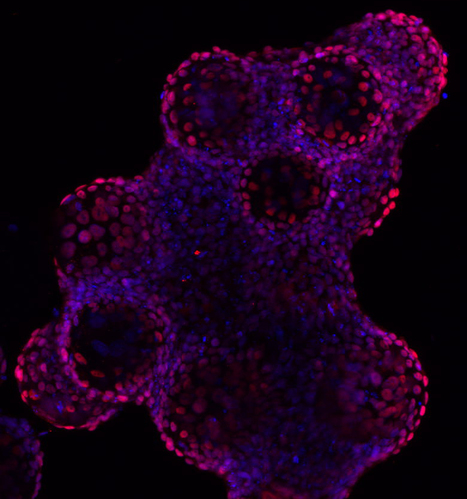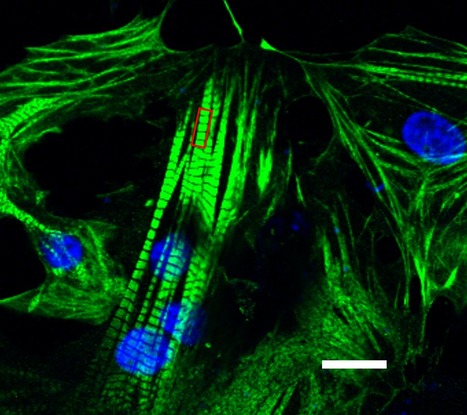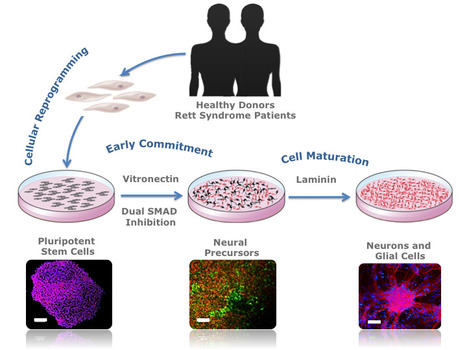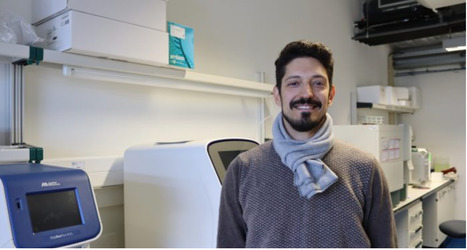
Tiago Fernandes, professor at the Bioengineering department (DBE) at Técnico and researcher at the Institute of Bioengineering and Biosciences (iBB), recently spoke about his life path and his experience at Técnico, more specifically on the Taguspark campus.
He characterises Técnico Taguspark as “Welcoming” due to his familiar environment. He considers that people's relationships are closer, and that the peaceful environment helps him concentrate on his work.
Check out Tiago Fernandes' interview here: “Técnico Taguspark in a word”.



 Your new post is loading...
Your new post is loading...

